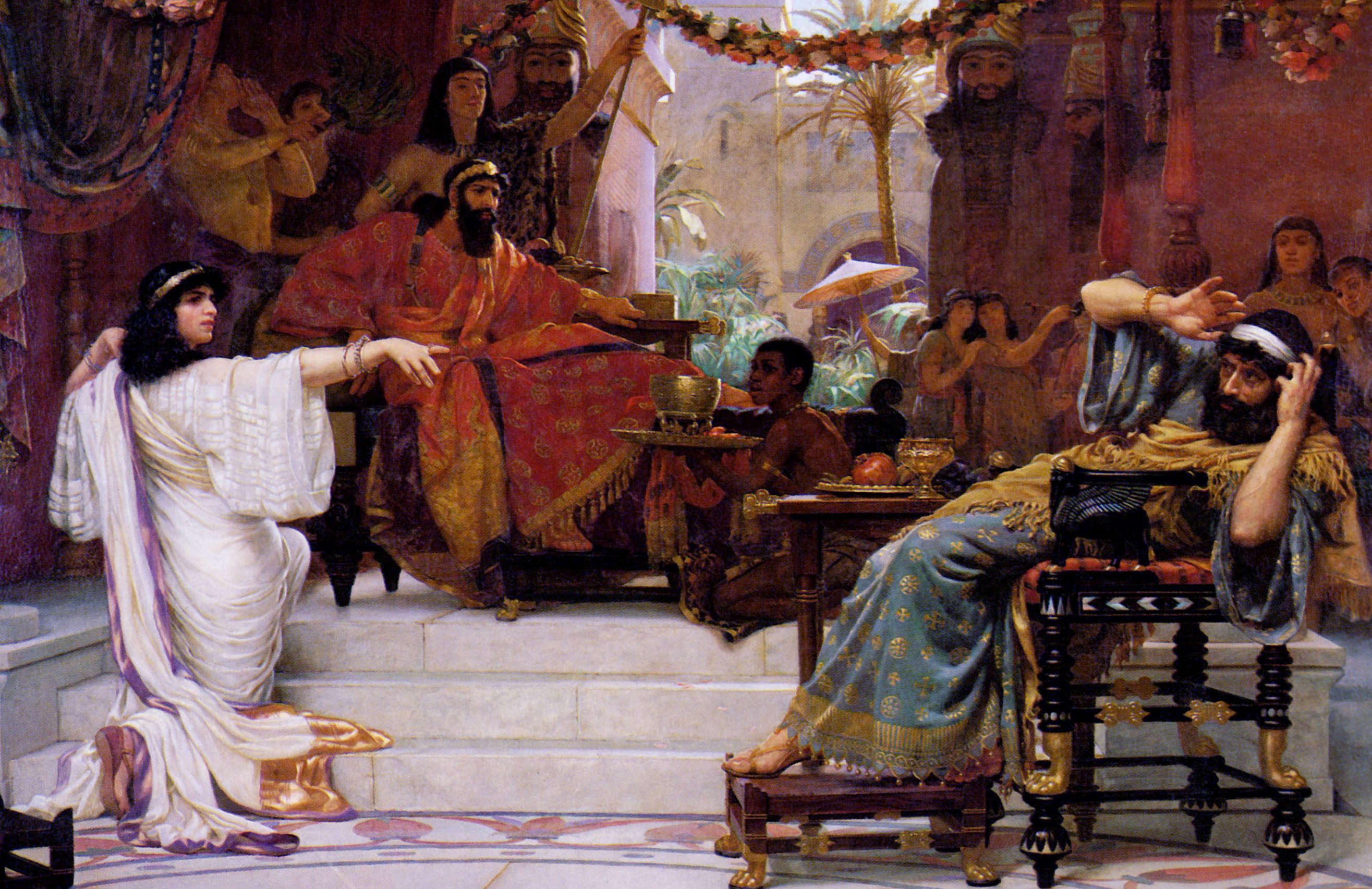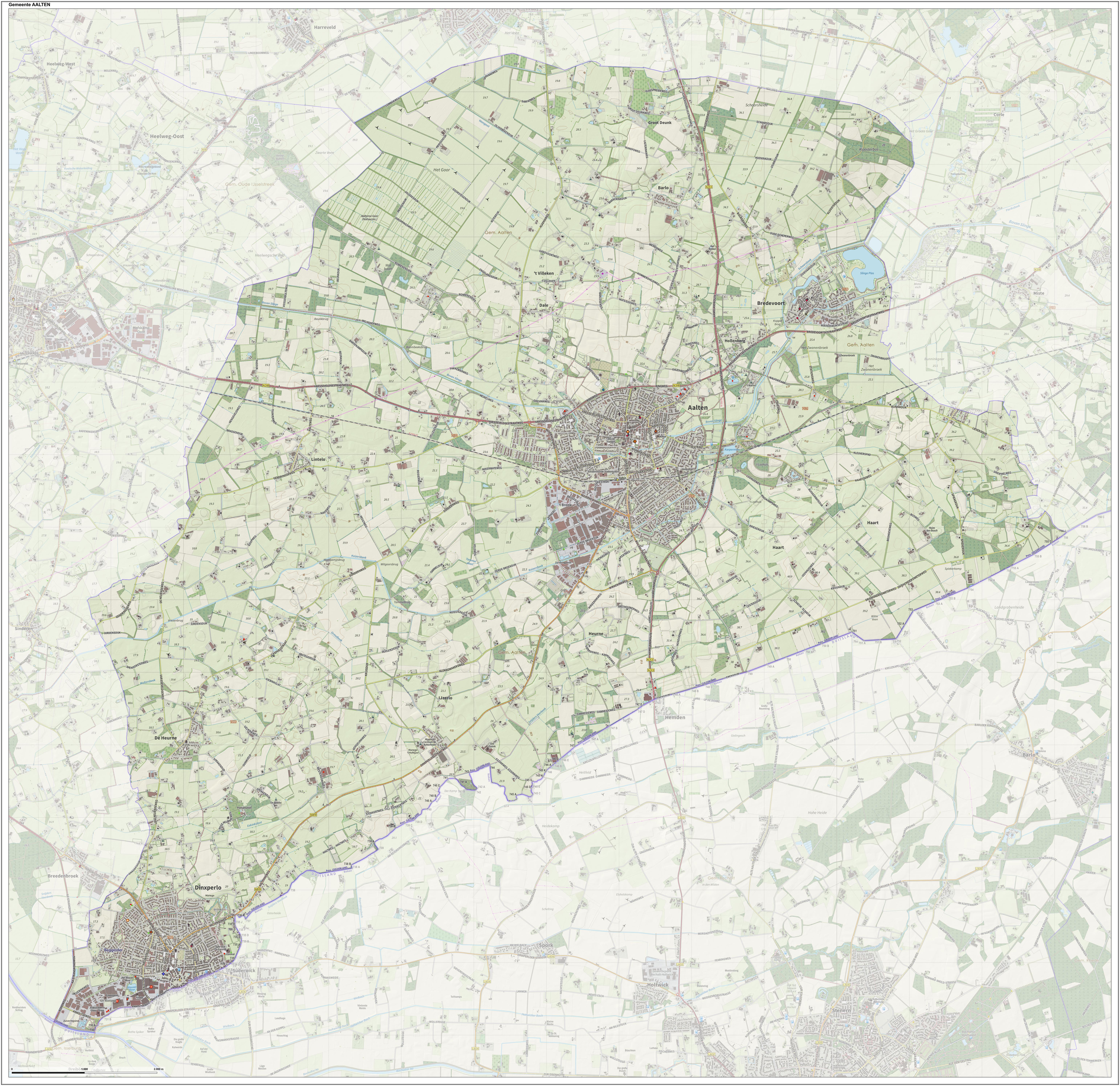|
Neuenrade
Neuenrade is a town in North Rhine-Westphalia, Germany, located in the hills of the Sauerland in the '' Märkischer Kreis''. Geography The highest elevation in the town area is the ''Kohlberg'' with an altitude of 514 m above sea level. The lowest elevation is at ''Hölmecke'' with 190 m. The town covers an area of 54.12 km², most of which is forests (29.41 km²) and farm land (18.18 km²). The municipal territory includes the villages of Affeln, Berentrop, Blintrop and Küntrop. History Around 1220 the place was first mentioned in a document, then named Rode. The village consisted of about 12 farms. In 1353 the city was fortified. In 1355 it received the cityrights from count Engelbert III. By 1890/91 the municipalities Werdohl and Ohle had grown so much that they left the ''Amt Neuenrade'', the local administrative unit. The ''Amt'' thereafter was composed of only Neuenrade and Dahle. The ''Amt Neuenrade'' was dissolved, effective on January 1, 1969. The ... [...More Info...] [...Related Items...] OR: [Wikipedia] [Google] [Baidu] |
Küntrop
Küntrop is a German village in Neuenrade, a municipality in Märkischer Kreis, North Rhine-Westphalia. Until 1969 it was an autonomous municipality and, as of 2010, its population was of 1,498. Geography The village is located in the eastern suburb of Neuenrade on the roads linking the town with Balve in north, and Plettenberg in south. Its highest point (499 amsl) is represented by a hill named ''Küntroper Berg''. It is served by a station on the ''Hönnetalbahn'', a railway line running from Neuenrade to Menden. See also *Neuenrade * Affeln *Sauerland The Sauerland () is a rural, hilly area spreading across most of the south-eastern part of North Rhine-Westphalia, in parts heavily forested and, apart from the major valleys, sparsely inhabited. The Sauerland is the largest tourist region in ... References External links Küntrop official website Neuenrade Villages in North Rhine-Westphalia {{MärkischerKreis-geo-stub ... [...More Info...] [...Related Items...] OR: [Wikipedia] [Google] [Baidu] |
Affeln
Affeln is a German village in Neuenrade, a municipality in Märkischer Kreis, North Rhine-Westphalia. Before 1975 it was considered an autonomous municipality.Martin Bünermann, Heinz Köstering: "''Die Gemeinden und Kreise nach der kommunalen Gebietsreform in Nordrhein-Westfalen''". Deutscher Gemeindeverlag, Cologne 1975, . Geography It is located in Homert Natural Park in the east of Neuenrade and in north of Plettenberg. Traditions * Schützenfest See also * Neuenrade * Küntrop Küntrop is a German village in Neuenrade, a municipality in Märkischer Kreis, North Rhine-Westphalia. Until 1969 it was an autonomous municipality and, as of 2010, its population was of 1,498. Geography The village is located in the eastern sub ... References External links Neuenrade Villages in North Rhine-Westphalia {{MärkischerKreis-geo-stub ... [...More Info...] [...Related Items...] OR: [Wikipedia] [Google] [Baidu] |
Hermann Wilken
Hermann Wilken (1522 in Neuenrade – 7 February 1603 in Heidelberg), also known as Hermann Witekind and with the pseudonym of Augustin Lercheimer, was a German humanist and mathematician.Infos about Wilken at historicum.net Biography Originary of Neuenrade, in , he studied in (1545/46) and in (1547), where he was an alumn ...[...More Info...] [...Related Items...] OR: [Wikipedia] [Google] [Baidu] |
Engelbert III Of The Mark
Engelbert III of the Mark (1333–1391) was the Count of Mark from 1347 until 1391. Adolph was the eldest son of Count Adolph II of the Marck Adolf (also spelt Adolph or Adolphe, Adolfo and when Latinised Adolphus) is a given name used in German-speaking countries, Scandinavia, the Netherlands and Flanders, France, Italy, Spain, Portugal, Latin America and to a lesser extent in vari ... and Margaret of Cleves. After his father died in 1347, Engelbert III ruled the County of Mark, mainly from Burg Blankenstein in 1393. In his time, he was the leading political leader of Westphalia. He was though, efficient and successful, but failed to conquer Arnsberg after years of struggle. Engelbert was married with: *Richardis of Jülich († 1360), daughter of William V, Duke of Jülich, in 1354, *Elisabeth of Spanheim-Sayn († 1416), daughter of Count Simon III of Vianden, in 1381, and had one daughter: * Margaret († 1410), married with Philip X of Falkenstein and Münzenbe ... [...More Info...] [...Related Items...] OR: [Wikipedia] [Google] [Baidu] |
Sauerland
The Sauerland () is a rural, hilly area spreading across most of the south-eastern part of North Rhine-Westphalia, in parts heavily forested and, apart from the major valleys, sparsely inhabited. The Sauerland is the largest tourist region in North Rhine-Westphalia, in particular for mountain biking and cycling, water sports and scenic recreation. The town and Skiliftkarussell of Winterberg in the Hochsauerlandkreis is a major winter sport resort. Etymology The name ''Sauerland'' is first mentioned as ''Suderland'' in an official document from 1266. After 1400 the letter 'd' started to disappear. Therefore, Sauerland = ''southern country'' is the most convincing meaning, opposed to the theory that Sauer is from the German word ''sauer'' meaning ''sour'' (poor "sour" soil). Linguistically, "suder-“ is similar to the Old Saxon ''sûðar'' (southbound). History Before 1800 the western part of the Sauerland was part of the County of the Mark based in Altena; the eastern p ... [...More Info...] [...Related Items...] OR: [Wikipedia] [Google] [Baidu] |
Märkischer Kreis
The Märkischer Kreis is a district ('' Kreis'') in central North Rhine-Westphalia, Germany. Neighbouring districts are Unna, Soest, Hochsauerland, Olpe, Oberbergischer Kreis, Ennepe-Ruhr, and the city of Hagen. History The district was created in 1975 as part of the reorganization of North Rhine-Westphalian districts. The former districts of Lüdenscheid and Iserlohn, together with the City of Iserlohn, previously an urban district, plus the area around Balve (previously part of Arnsberg District) were amalgamated to form the new district. Lüdenscheid District itself had been created just a few years earlier, in 1968, when the city of Lüdenscheid was merged with Altena District (originally created in 1753). The name Märkischer Kreis was chosen in recognition of the fact that most of its territory formerly belonged to the county of the Mark. Twinning Twinning with Wrexham County Borough (Wales, United Kingdom) dates from 1970 and was initiated by the precursor district, ... [...More Info...] [...Related Items...] OR: [Wikipedia] [Google] [Baidu] |
Dinxperlo
Dinxperlo (; Dutch Low Saxon: ) is a town and former municipality in the eastern Netherlands ( Achterhoek region), situated directly at the Germany-Netherlands border. Since 1 January 2005, Dinxperlo has been part of the municipality of Aalten. Before 2005, Dinxperlo was a separate municipality, covering the town of Dinxperlo itself and the village of De Heurne. The name of the village probably is derived from ''dingspel'' (justice court or area) and ''loo'' (wood). A popular explanation is that in the Middle Ages there was a court in the woods here. Dinxperlo used to have a coat of arms depicting Lady Justice. Attractions One of the town's main attractions is the Netherlands' smallest church (Kerkje "De Rietstap"). Another is a border museum (''Grenslandmuseum''). Transportation The nearest train stations are Aalten railway station and Terborg railway station, with train service operated by Arriva every half-hour. Bus number 40 connects Dinxperlo to Terborg station and ... [...More Info...] [...Related Items...] OR: [Wikipedia] [Google] [Baidu] |
Esther Riecke-Volkmann
Esther is the eponymous heroine of the Book of Esther. In the Achaemenid Empire, the Persian king Ahasuerus seeks a new wife after his queen, Vashti, is deposed for disobeying him. Hadassah, a Jewess who goes by the name of Esther, is chosen to fulfill this role due to her beauty. Ahasuerus' grand vizier, Haman, is offended by Esther's cousin and guardian, Mordecai, due to his refusal to prostrate himself before Haman. Consequently, Haman plots to have all the Jewish subjects of Persia killed, and convinces Ahasuerus to permit him to do so. However, Esther foils the plan by revealing Haman's eradication plans to Ahasuerus, who then has Haman executed and grants permission to the Jews to kill their enemies instead, as royal edicts (including the order for eradication issued by Haman) cannot be revoked under Persian law. Her story provides the traditional explanation for the Jewish holiday of Purim, celebrated on the date given in the story for when Haman's order was to go into ... [...More Info...] [...Related Items...] OR: [Wikipedia] [Google] [Baidu] |
Saxony
Saxony (german: Sachsen ; Upper Saxon: ''Saggsn''; hsb, Sakska), officially the Free State of Saxony (german: Freistaat Sachsen, links=no ; Upper Saxon: ''Freischdaad Saggsn''; hsb, Swobodny stat Sakska, links=no), is a landlocked state of Germany, bordering the states of Brandenburg, Saxony-Anhalt, Thuringia, Bavaria, as well as the countries of Poland and the Czech Republic. Its capital is Dresden, and its largest city is Leipzig. Saxony is the tenth largest of Germany's sixteen states, with an area of , and the sixth most populous, with more than 4 million inhabitants. The term Saxony has been in use for more than a millennium. It was used for the medieval Duchy of Saxony, the Electorate of Saxony of the Holy Roman Empire, the Kingdom of Saxony, and twice for a republic. The first Free State of Saxony was established in 1918 as a constituent state of the Weimar Republic. After World War II, it was under Soviet occupation before it became part of the communist East ... [...More Info...] [...Related Items...] OR: [Wikipedia] [Google] [Baidu] |
Klingenthal
Klingenthal is a town in the Vogtland region, in Saxony, south-eastern Germany. It is situated directly on the border with the Czech Republic opposite the Czech town of Kraslice, 29 km southeast of Plauen, and 33 km northwest of Karlovy Vary. The Aschberg ("cinder mountain") towers above the town at 936 m. The extremely elongated town, 10.5 km from end to end, is surrounded by numerous woods of firs. The town is bisected by the Döbra and Zwota rivers. These two rivers unite at the Czech-German border to form the Svatava river, which in turn flows into the Ohře river at Sokolov. History In 1591, Sebastian Köppel established a hammer mill near the border to Bohemia on the banks of the Zwota in order to capitalize on the rich deposits of iron ore and the region's vast supplies of wood, both for building and charcoal production. On 1 February 1602, there was the first documented mention of the "Höllhammer" (in English approximately: "Hell Hammer ... [...More Info...] [...Related Items...] OR: [Wikipedia] [Google] [Baidu] |
Aalten
Aalten () is a municipality and a town in the eastern Netherlands. The former municipalities of Bredevoort (1818) and Dinxperlo (2005) have been merged with Aalten. Notable inhabitants of Aalten include Angus Young, guitarist of the Australian rock band AC/DC, and Robert Gesink, a professional road bicycle racer. During World War II, 51 of Aalten's 85 Jews were hidden by local non-Jews, and thereby survived the war. According to the War and Resistance Museum in Aalten, the village had the highest number of people in hiding during World War II. The village of approximately 13,000 residents hid some 2,500 people.http://www.marline.nl/verzet.html 'Marline: de infozine v/d Achterhoek' Population centres Transportation Aalten railway station serves Aalten and the surrounding area. There is a half-hourly service between Arnhem and Winterswijk, which stops at this station. Arnhem railway station has services to Amsterdam, Amsterdam Airport, Utrecht, Nijmegen, 's-Hertogenbosch, Bred ... [...More Info...] [...Related Items...] OR: [Wikipedia] [Google] [Baidu] |




